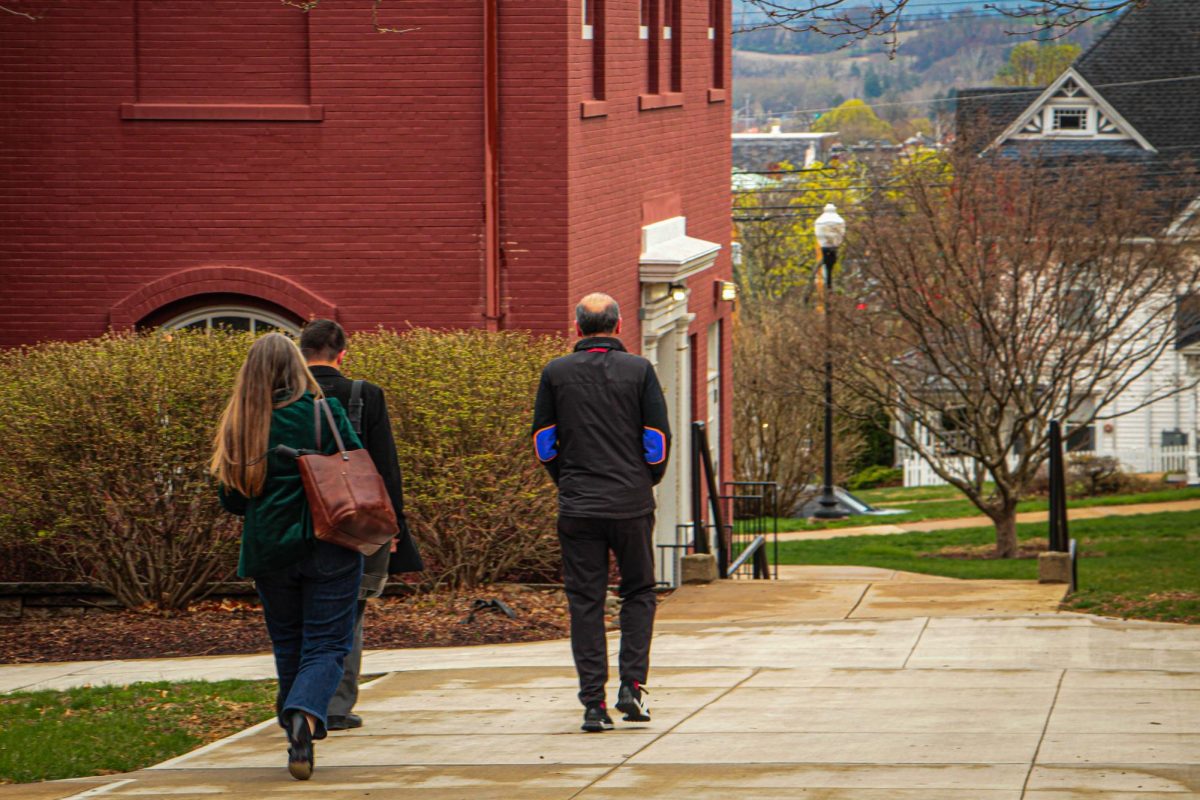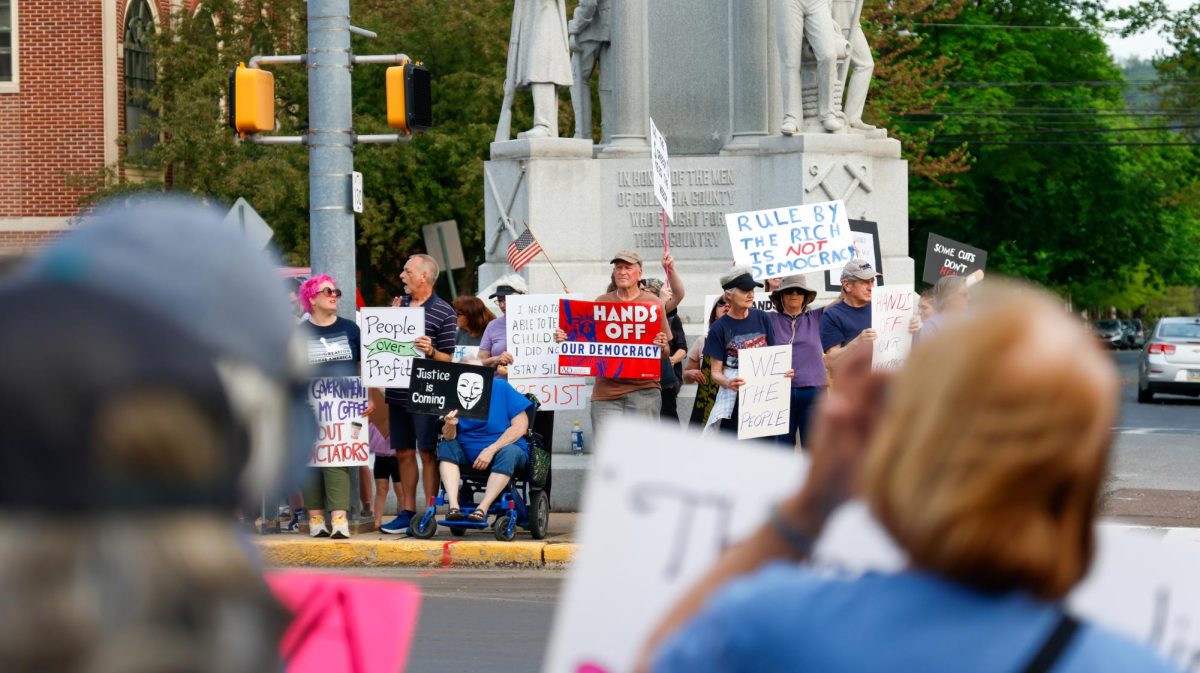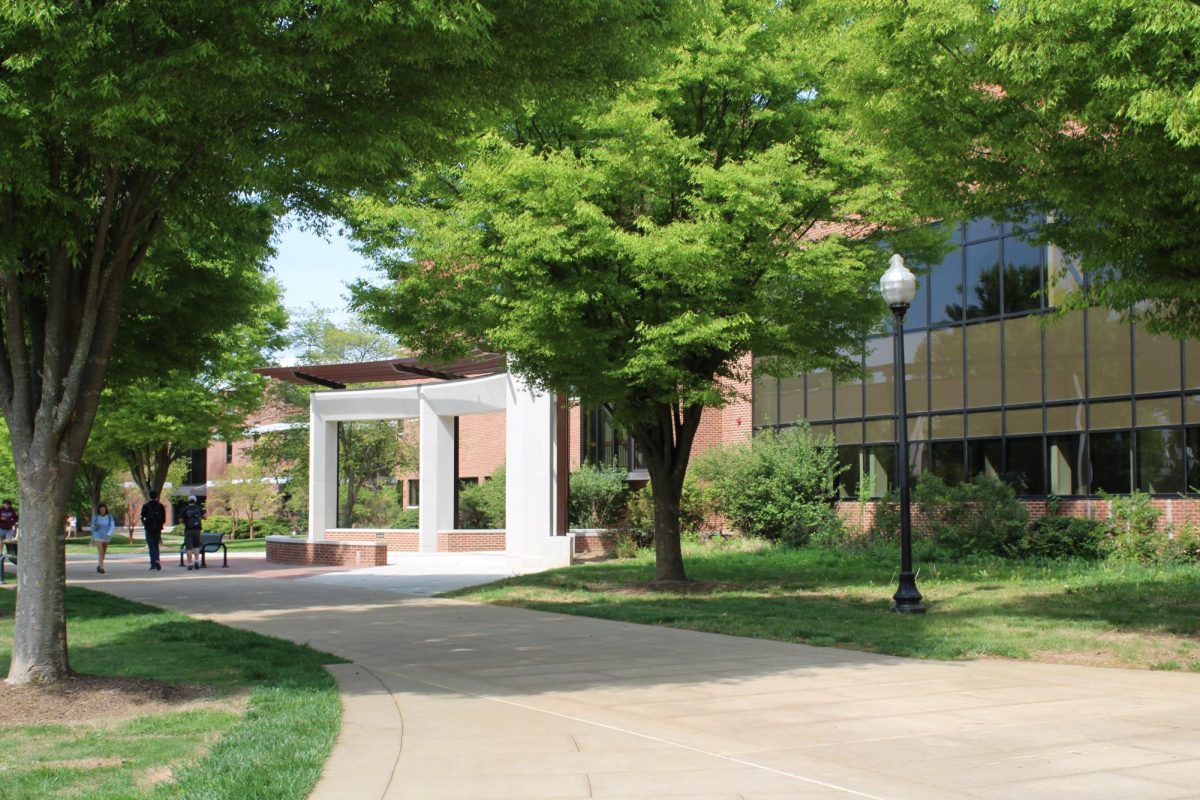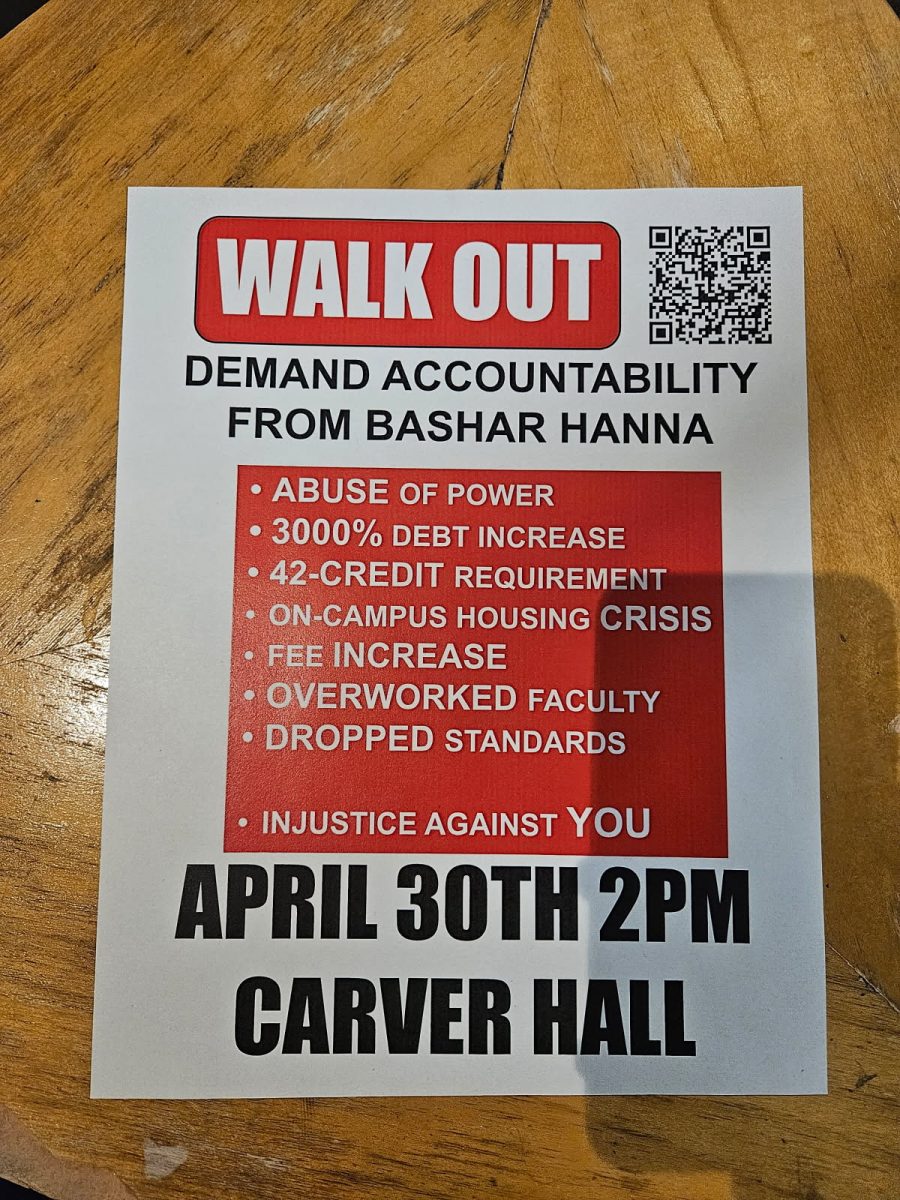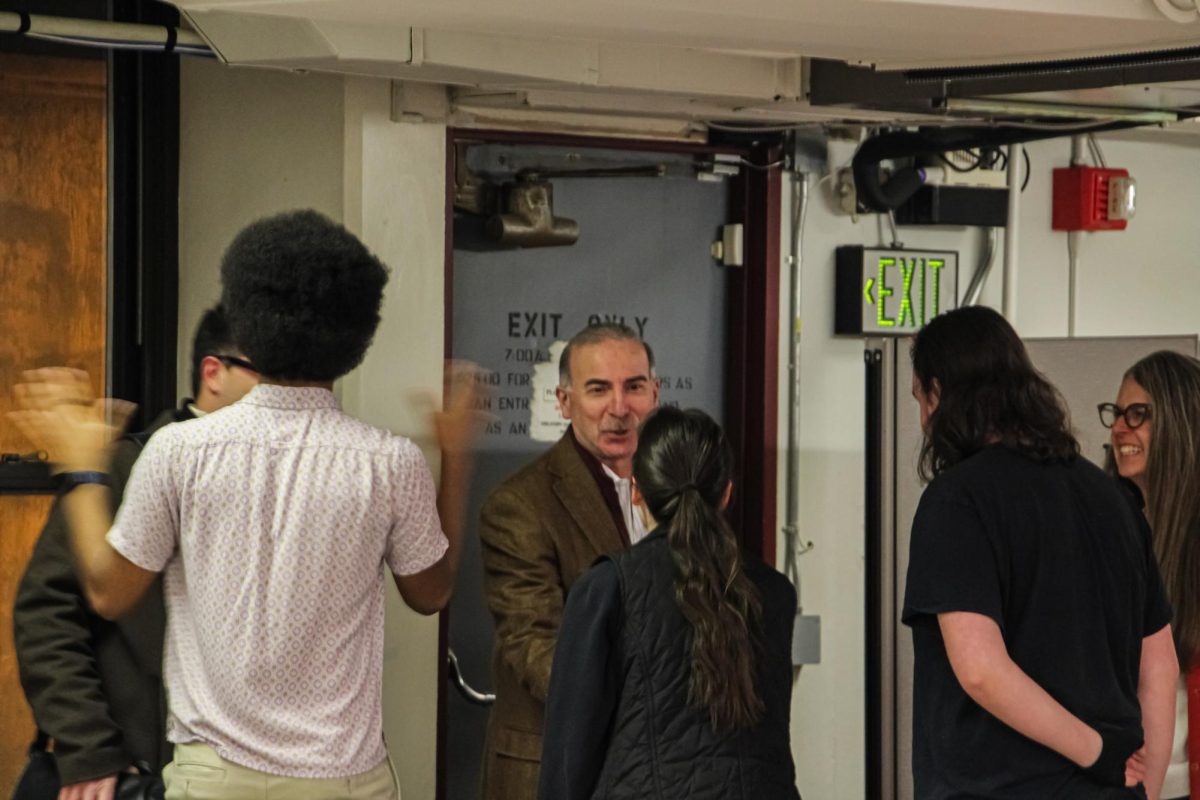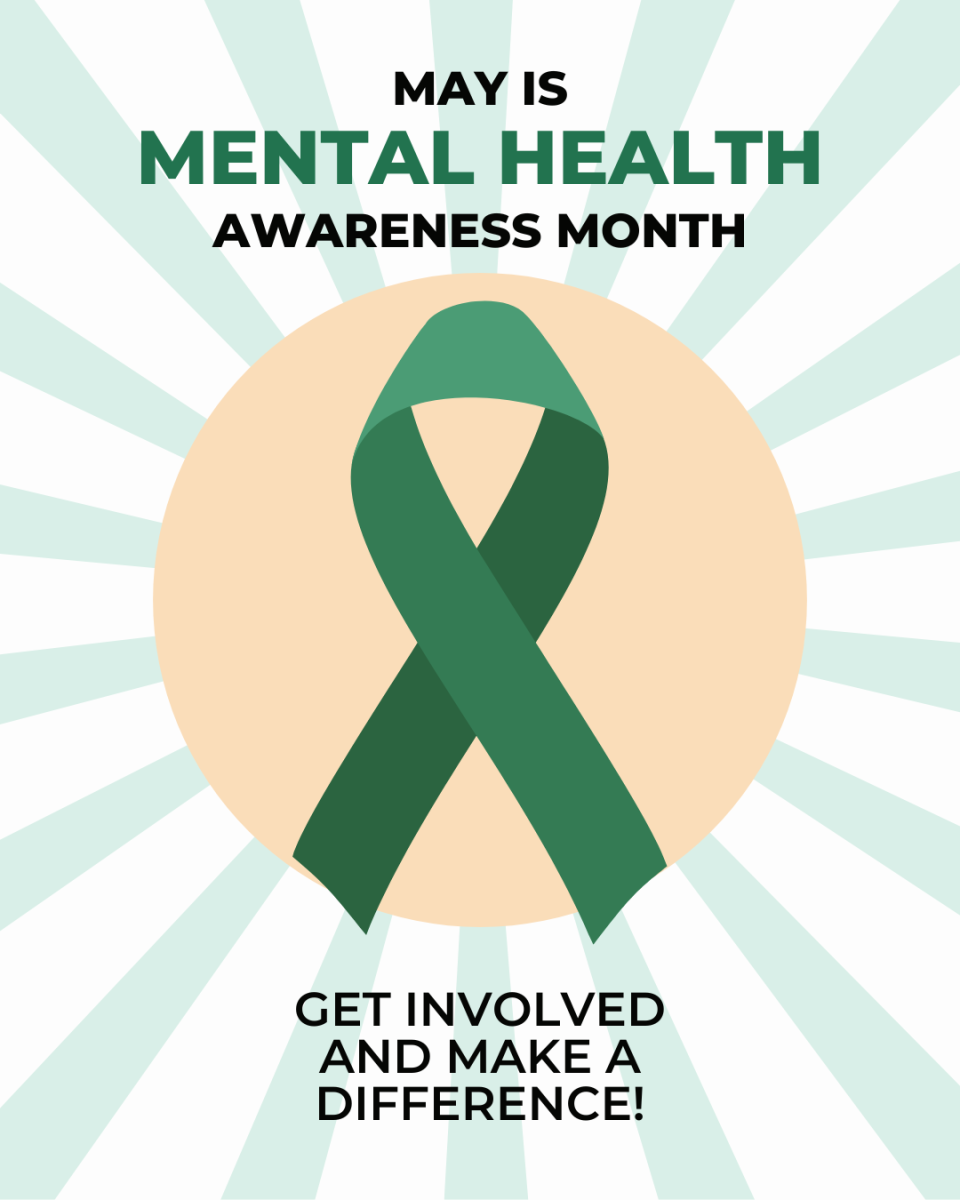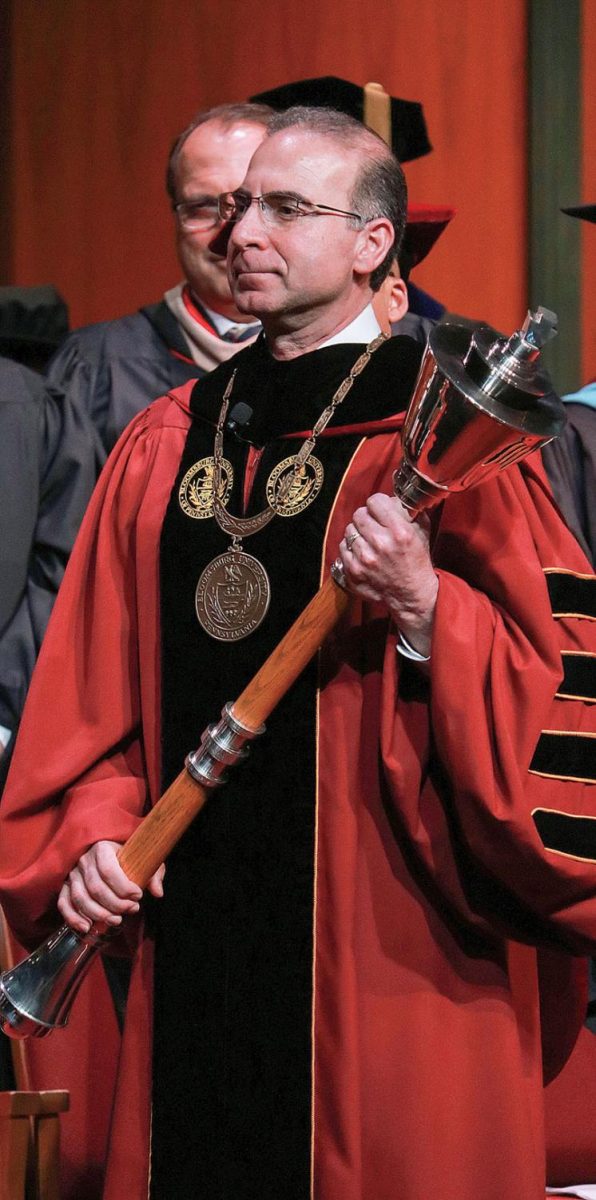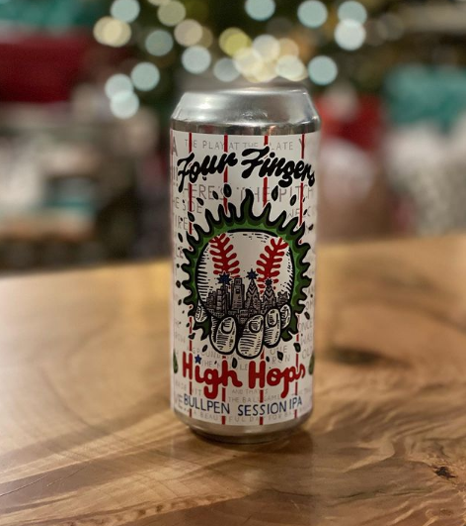Welcome back to campus! For some, it’s probably a relief to be back. For others, maybe the break just wasn’t long enough.
Either way, hearing that alarm go off the first day of classes is never pleasant, and most shuffle to class with coffees in hand while grumbling hellos to each other. In a way, it could be said a horde of college students at 8 a.m. for the first class of the semester is hard to tell apart from a horde of zombies.
Zombies, you say? That’s right. Last semester, Holistic Huskies talked about Haitian Vodou, and the legitimacy of the real-life zombie. This semester, we want to start with talking about the undead we all know and (strangely) love.
If you think about it, zombies are an oddly ingrained part of our culture. How many tune into “The Walking Dead” every week, and how many times are zombies redone in both film and gaming? We seem to love the idea of postapocalyptic worlds, but throw some flesheaters in there and we’re satisfied for years. At this point, who hasn’t taken a “Would YOU Survive the Zombie Apocalypse?” quiz?
The idea of the living dead has been around since The “Epic of Gilgamesh”, the world’s oldest piece of literature. Like we also mentioned, Haitian Vodou shows that the zombie even exists today. But what about pop culture? The answer lies in the 1932 horror film, “White Zombie”.
“White Zombie” actually uses Haitian Vodou as it’s conversion factor. These zombies are under mind control by a vodou master, and the only way to break the spell and bring the zombies “officially” back to life is to kill the vodou master. The movie is considered the first ever feature length zombie film.
It was actually George Romero’s 1968 “Night of the Living Dead” that introduced the zombie we all know and love. Slow, undead, and with a taste for flesh, these ghouls sparked a lifelong fascination and created a legacy current creators can only hope to live up to.
This is also where the concept of destroying the brain and/or burning the zombie to kill it was formed. And for any Pennsylvania natives, “Night of the Living Dead” was filmed just outside of Pittsburgh (Evans City, to be exact).
Perhaps the next most influential title to redesign the zombie genre is the “Resident Evil” video game series. With the re-release of “Resident Evil 2” just last Friday, it’s important to thank this quintessential Japanese series for revitalizing the genre after Romero’s films.
“Resident Evil” offered the idea of zombies being the result of a government experiment gone wrong, and has offered hours of fear and entertainment since the first game’s release in 1996. The series also created a different take on the undead, using the “las plagas” parasite in “Resident Evil 4” and a mind controlling mold in “Resident Evil 7”.
Most of the zombie variation we see often exists in video games, just so the plot isn’t repeated over and over. Such is the case with UV lightsensitive, agile “volatiles” in “Dying Light”, and those infected with a mutated “Cordyceps” fungus act as our beloved infected in “The Last of Us”.
If you’re into deep lore like I am, then you’ll also know the zombies of “Call of Duty” have glowing eyes and are the result of teleportation experiments gone wrong during German experiments in World War Two. Truly, the possibilities are endless.
Jumping all the way up to 2010, “The Walking Dead” reignited our love for the zombie; affectionately referred to as a “walker.” Similar to Romero’s zombies, destroying the brain or cremating them is the only way to kill them, but all humans carry the mutagen for the zombie outbreak in this hit TV show.
“The Walking Dead” even had the highest viewer ratings in 2013, showing just how popular a terrifying, undead future can be for us. No one really wants to live with zombies, but boy, do we love the idea of it.
American culture actually loves zombies so much, even the Center for Disease Control got involved. In 2011, the CDC published a series of works all based on how to prepare for and survive an undead world as a way to boost general emergency preparedness. That same year, the weather channel gave us answers to questions like “Do zombies freeze if it’s too cold?”
Even the US government had a little fun with zombies. CONPLAN 8888-11, published also in 2011, is a real plan outlining how to defend against the possibility of a zombie attack. Yes, it’s real.
We love zombies. Even if we don’t think much of it, they’re a genuine part of modern pop culture that has expanded into a real what-if scenario. They’ve been loved for years, and will be loved for many more. See: the 2008 sparkling-vampire craze.
Rachel is a senior Anthropology major. She is a member of Phi Sigma Pi and the president of the Bloomsburg Anthropology Club.

